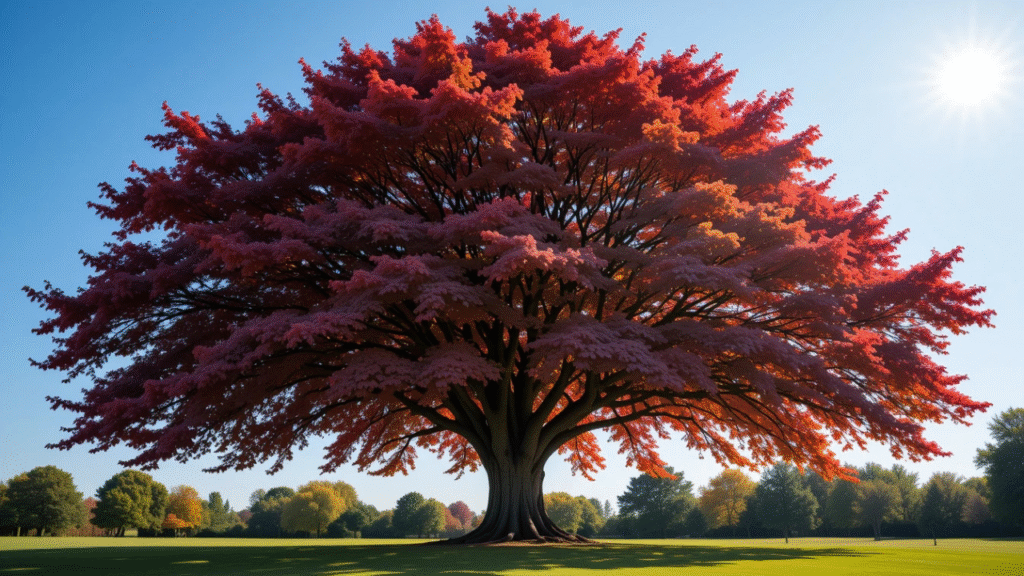
Raywood Ash Tree Pros and Cons: What You Need to Know Before Planting This Beautiful Tree
Thinking of adding a tree to your yard? 🌳 If you’re eyeing the Raywood Ash tree, you’re not alone. Known for its stunning fall foliage and fast growth, it’s a popular choice for landscaping. But before you plant one, it’s essential to weigh the Raywood Ash tree pros and cons to ensure it’s the right fit for your space and needs. 🤔
While the tree can quickly enhance your landscape, it comes with some considerations that might not be obvious at first glance. Whether you’re a seasoned gardener or a first-time tree planter, understanding both the benefits and potential drawbacks is key to making an informed decision. In this article, we’ll break down everything you need to know—helping you make a confident choice that aligns with your yard’s unique needs and your long-term goals. Let’s dive into the Raywood Ash tree pros and cons!
Table of Contents
Toggle🌳 What Is a Raywood Ash Tree? 🌳
If you’re new to the world of trees, you might be wondering exactly what makes the Raywood Ash tree stand out. Well, this deciduous tree is a stunning option for homeowners looking to add beauty and shade to their yard. Here’s a breakdown of everything you should know about this tree and why it might be a perfect fit for your landscape. 😊🌿
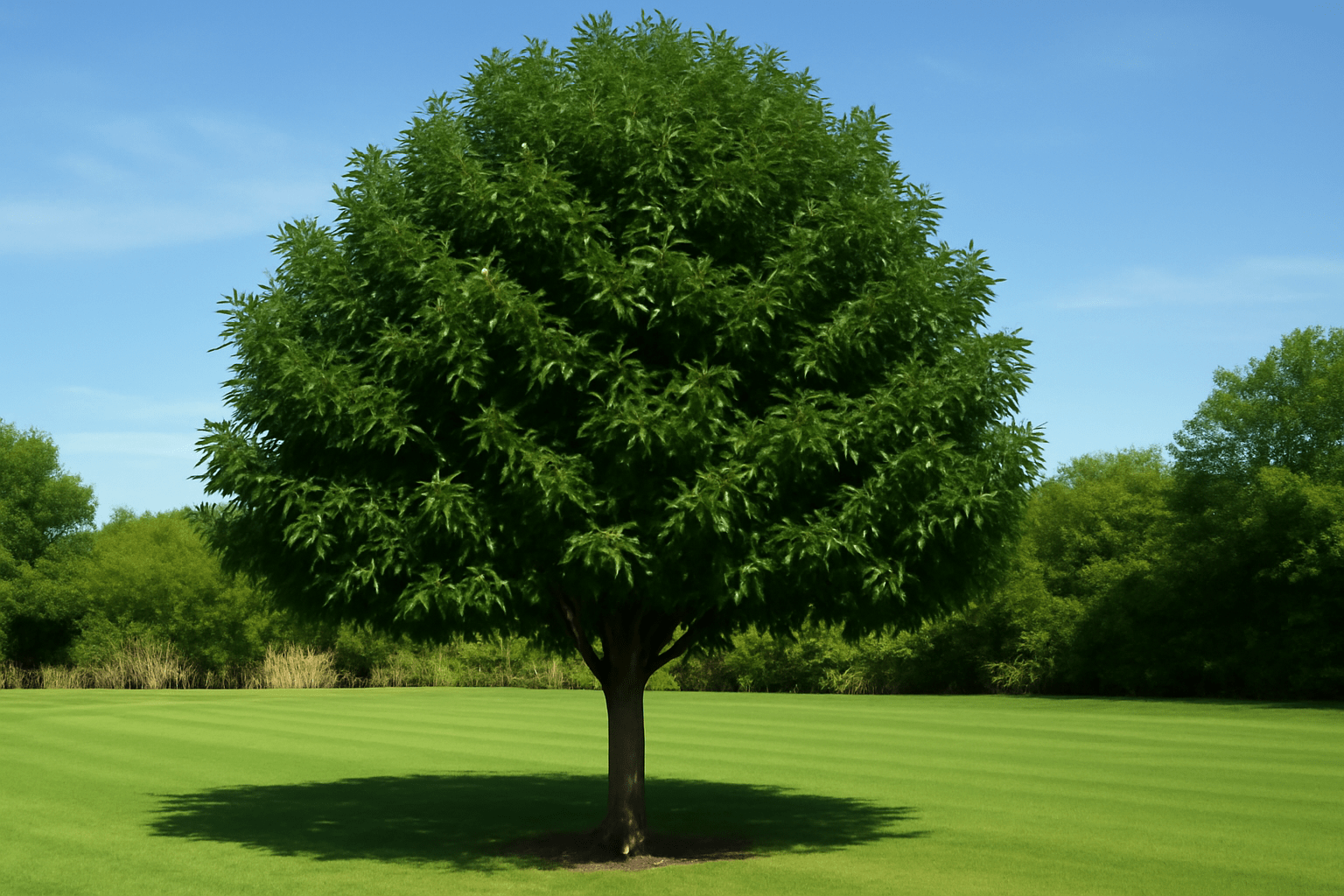
✨ Appearance and Size ✨
The Raywood Ash is known for its impressive size and elegant shape. On average, it grows to about 40-50 feet tall and 30-40 feet wide—ideal for larger yards or spaces where you need a tree with a bit of presence. It has a rounded, symmetrical canopy that provides plenty of shade during hot months, making it a great choice for a focal point in your yard. 🌞🌳
One of the most beautiful things about the Raywood Ash is its striking color change in the fall 🍁. The leaves transition from dark green in the summer to a brilliant red, purple, and orange in autumn, creating a breathtaking display. 🍂🍁
🌱 Ideal Growing Conditions 🌱
This tree is versatile when it comes to growing conditions, making it a reliable choice for many homeowners. It thrives in full sun ☀️ and is fairly tolerant of a variety of soil types, from sandy to clay-rich soils. The Raywood Ash is drought-resistant once it’s established, so you won’t have to worry too much about regular watering after the first couple of years. 🌞🌱
It’s also a fast-growing tree, adding up to 2 feet of height per year under ideal conditions. If you’re looking to create shade or a privacy screen quickly, this tree is a great option! 🌳🙌
🌍 Native Habitat 🌍
The Raywood Ash is native to North America and can be found in regions with moderate climates. While it’s adaptable to a range of conditions, it does best in areas with warm summers and cold winters, making it suitable for many parts of the U.S. 🌡️🍃
Now that you know what makes the Raywood Ash tree so special, let’s dive deeper into its pros and cons to help you decide if it’s the right tree for your yard. 🌿🌳
🌟 Pros of Planting a Raywood Ash Tree 🌟
The Raywood Ash tree isn’t just another pretty face in the landscape—its numerous benefits make it a standout choice for many homeowners. If you’re considering adding one to your yard, here are some reasons why it could be the perfect fit. 🌳😊
🍁 Stunning Fall Colors 🍁
One of the most celebrated features of the Raywood Ash is its vibrant fall foliage. As the cooler weather sets in, its leaves transform into a dazzling array of red, purple, and orange hues 🍂. This annual color show can elevate your yard and make it the talk of the neighborhood. Plus, it’s a great way to enjoy seasonal beauty without having to leave home! 🍃🌈
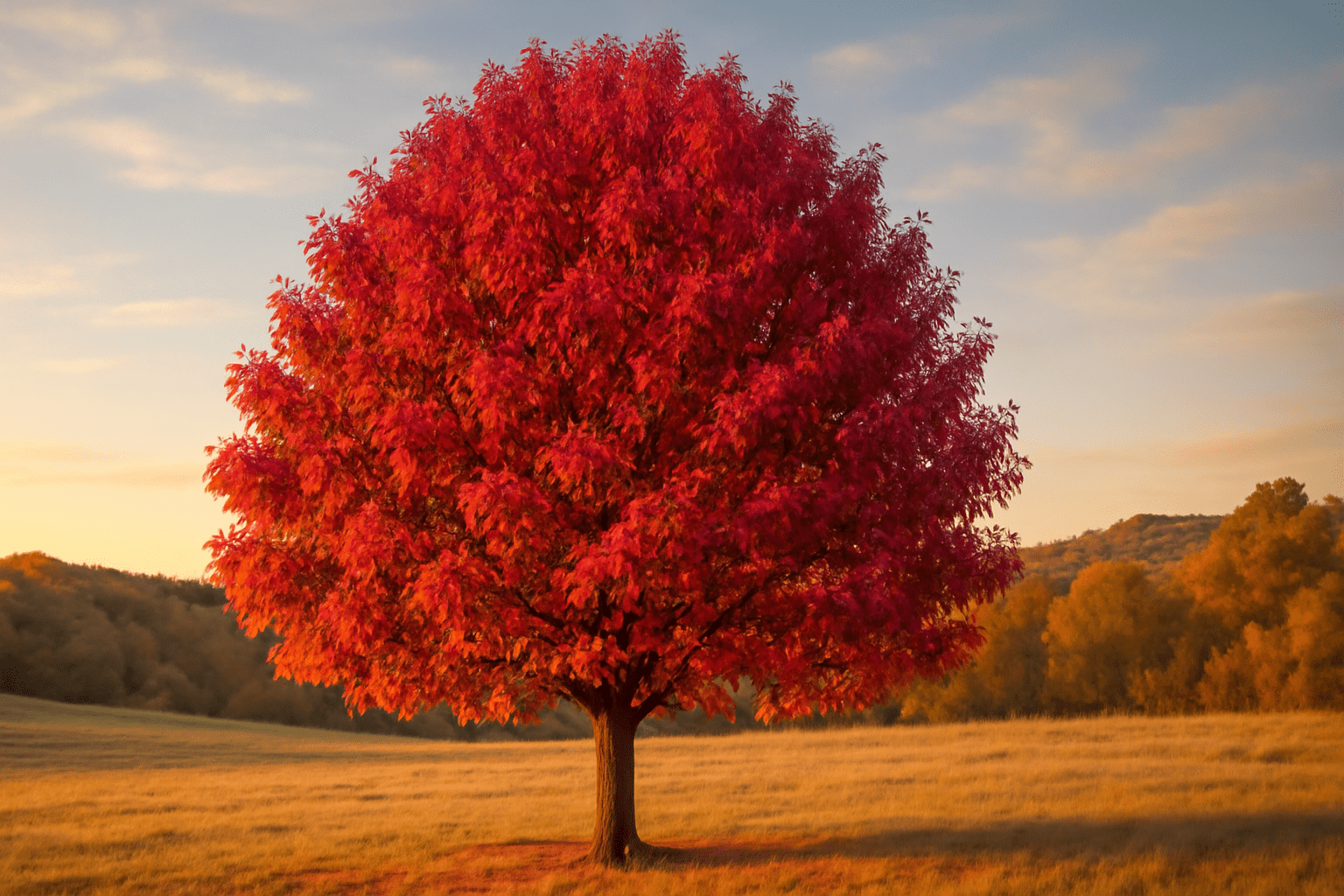
🌱 Low Maintenance 🌱
If you’re looking for a tree that doesn’t require a lot of care, the Raywood Ash is a solid choice. It’s resistant to many common pests 🐛 and diseases 🦠, which means you won’t have to worry as much about ongoing treatments. Additionally, it’s fairly drought-tolerant once established 💧, so it won’t demand constant watering like some other trees. For busy homeowners or those new to gardening 🌻, this low-maintenance tree is a dream! 🌿✨
🌳 Fast Growth Rate 🌳
If you’re eager to see your tree grow quickly and start making an impact in your yard 🌳, the Raywood Ash delivers. This tree can grow up to 2 feet per year under the right conditions 🌱. Whether you’re planting it for shade, privacy, or just for its beauty 🌞, you’ll enjoy fast results in a relatively short time ⏳. It’s a great option for those who want to fill out their landscape without having to wait decades. 🌿
🌍 Adaptability to Different Soil Types 🌍
One of the most attractive features of the Raywood Ash is its ability to thrive in a variety of soil types 🌾. Whether you have sandy, clay-rich, or loamy soil, the Raywood Ash can adapt 🌿. This means it’s a versatile tree that works well in many different landscapes, from suburban yards 🏡 to urban gardens 🌳. It’s also tolerant of moderate pollution 🌬️, making it suitable for cities or areas with less-than-perfect air quality. 🌱
🌞 Environmental Resilience 🌞
The Raywood Ash is a resilient tree that can handle a variety of environmental stressors 🌡️. It thrives in both hot and cold climates, making it suitable for a wide range of temperatures 🌞❄️. Whether you live in a region with hot summers 🌞 or chilly winters ❄️, this tree can endure the extremes. Additionally, it’s quite tolerant of drought conditions once it’s established 💧, so you won’t have to worry too much about watering during dry spells. 🌱
With all these amazing benefits, it’s easy to see why the Raywood Ash is such a popular choice for many homeowners. But like any tree, it does have some drawbacks. Let’s explore the cons of planting a Raywood Ash tree to ensure you’re making an informed decision. 🌱🌳
⚠️ Cons of Planting a Raywood Ash Tree ⚠️
While the Raywood Ash has many benefits, it’s important to consider its potential downsides before deciding to plant one in your yard. Every tree comes with its challenges, and the Raywood Ash is no exception. Here’s a closer look at some of the cons you should keep in mind. 🌿🍂
🍂 Messy Fall Debris 🍂
One of the more noticeable downsides of the Raywood Ash is the mess it creates in the fall 🍁. While the colorful leaves are beautiful, they don’t stay on the tree forever! As the leaves drop, you’ll find yourself dealing with a significant amount of debris on the ground 🍂. Additionally, the Raywood Ash produces samaras (winged seed pods) that also fall and can clutter your yard. If you’re not a fan of leaf raking 🍂 and yard cleanup, this might be a downside to consider. 🌳🧹
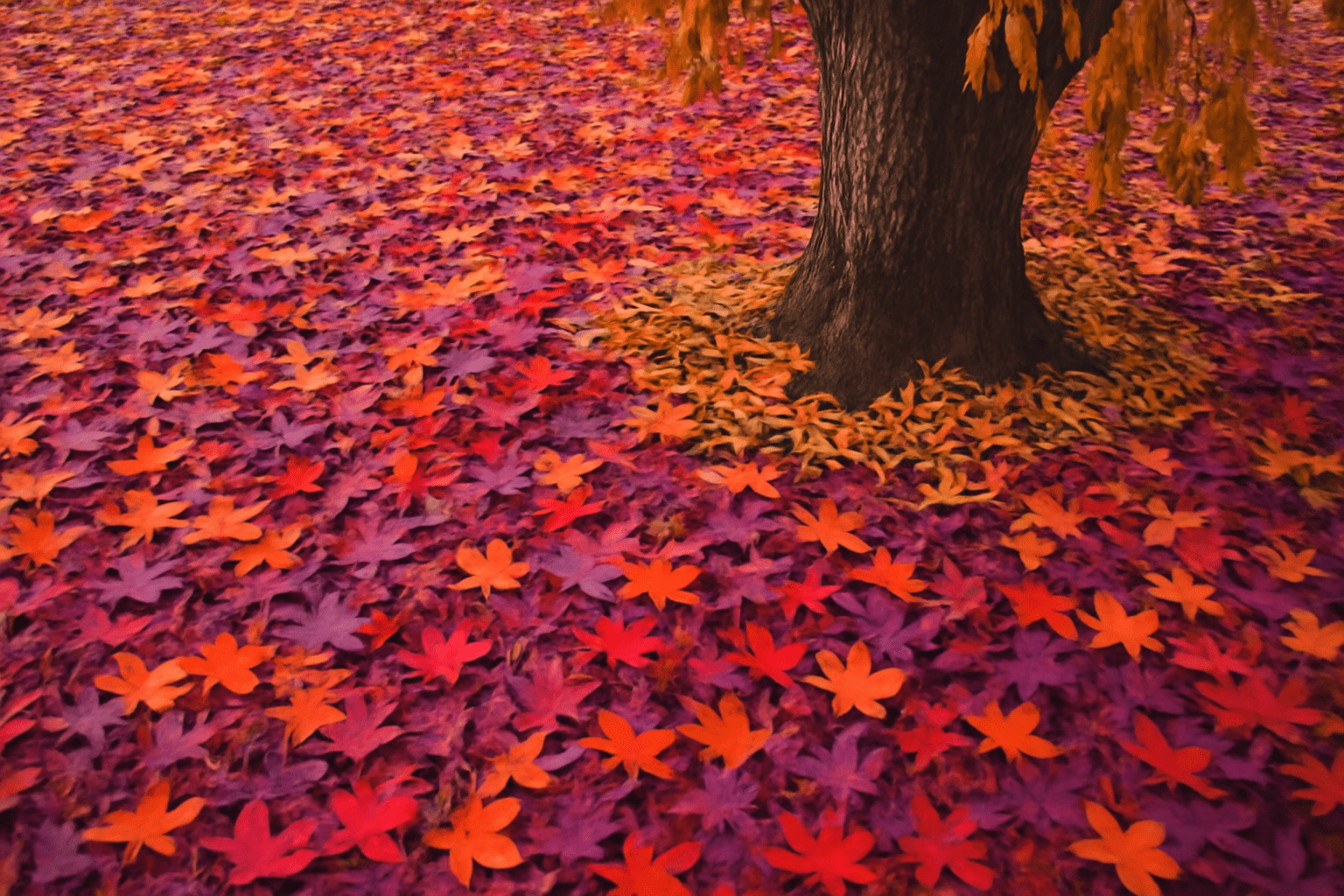
⏳ Shorter Lifespan ⏳
Compared to other tree species, the Raywood Ash has a relatively short lifespan. Typically, it can live anywhere from 30 to 50 years, which is much shorter than some long-lived trees like oaks or maples 🌳. If you’re looking for a tree that will last for generations 🏡, the Raywood Ash might not be the best choice. However, if you’re more interested in the aesthetic benefits over the long haul 🌟, its shorter life may not be a major concern. ⏳🌿
🌬️ Potential for Weak Wood 🌬️
The Raywood Ash has a reputation for being somewhat prone to storm damage 🌨️. Its branches can break under the weight of heavy snow ❄️ or strong winds 🌬️, especially as the tree matures. This is something to consider if you live in an area that experiences frequent storms or high winds 💨. While regular pruning ✂️ can help reduce some of the risk, the Raywood Ash may not be the best tree for areas with severe weather conditions. 🌪️🌳
🐞 Susceptibility to Invasive Pests 🐞
Like many ash tree species 🌳, the Raywood Ash is vulnerable to pests such as the Emerald Ash Borer 🦗. These invasive insects have caused significant damage to ash trees across North America 🌍, and while the Raywood Ash is somewhat resistant to some pests 🐜, it’s not immune. If you live in an area where the Emerald Ash Borer is active ⚠️, you’ll need to stay vigilant about pest control 🧴 and may need to treat your tree regularly to protect it. 🌿🦠
🌳 Aggressive Root System in Small Spaces 🌳
If you have a smaller yard 🏡 or limited space, the Raywood Ash’s root system 🌱 could pose a problem. As the tree grows, its roots can spread aggressively, potentially causing damage to foundations 🏠, sidewalks 🚶♀️, or surrounding plants 🌿. Before planting a Raywood Ash, make sure you have enough space to accommodate its root system. It’s generally best to plant it at least 10-15 feet away from buildings and other structures. 🌳🏠
While the Raywood Ash offers plenty of beauty and benefits 🌳💚, it’s important to weigh these cons carefully before deciding if it’s the right tree for your landscape. Let’s now look at how you can care for this tree to ensure it thrives in your yard! 🌱🌟
🌱 How to Care for a Raywood Ash Tree 🌱
To ensure your Raywood Ash tree thrives and remains healthy for years to come, proper care is essential. Fortunately, this tree is relatively low-maintenance, but it does require some attention, especially during the early stages of growth. Here’s a guide to keeping your Raywood Ash in top shape, from planting to ongoing care. 😊🌳
🌞 Choosing the Right Location 🌞
The first step to ensuring your Raywood Ash grows well is selecting the right spot in your yard. Here’s what to keep in mind:
- Sunlight: The Raywood Ash thrives in full sun 🌅. Make sure to plant it in an area that gets at least 6 hours of direct sunlight per day. This helps it grow strong and maintain vibrant fall colors 🍁.
- Space: The tree can grow quite large 🌳, so choose a location where it has room to spread both above and below ground. Keep it at least 10-15 feet away from buildings 🏡, driveways 🚗, or other trees 🌲 to allow for healthy root expansion.
💧 Watering and Irrigation 💧
Young Raywood Ash trees need regular watering to establish a strong root system 🌱, but once they’re established, they become fairly drought-tolerant. Here’s how to manage watering:
- First 2-3 Years: Water deeply once or twice a week 💦 during dry periods, ensuring the soil is moist but not waterlogged 🌱. A deep watering encourages roots to grow deeper and stronger.
- After Establishment: Once the tree is well-established (about 3 years old) 🌳, you can reduce watering. The Raywood Ash is fairly drought-resistant 🌾, but during prolonged dry spells, you might need to water it a bit more often. 💧🌞
✂️ Pruning and Maintenance ✂️
The Raywood Ash generally requires little pruning ✂️, but maintaining its structure and removing any damaged or dead wood is key to keeping it healthy.
- When to Prune: Prune in late winter or early spring 🌸, before new growth begins. This ensures that the tree heals quickly and doesn’t lose valuable energy during the growing season. 🌱
- What to Prune: Remove any dead, damaged, or diseased branches 🌿. You can also trim back any branches that are crossing or rubbing against each other to maintain the tree’s shape 🌳.
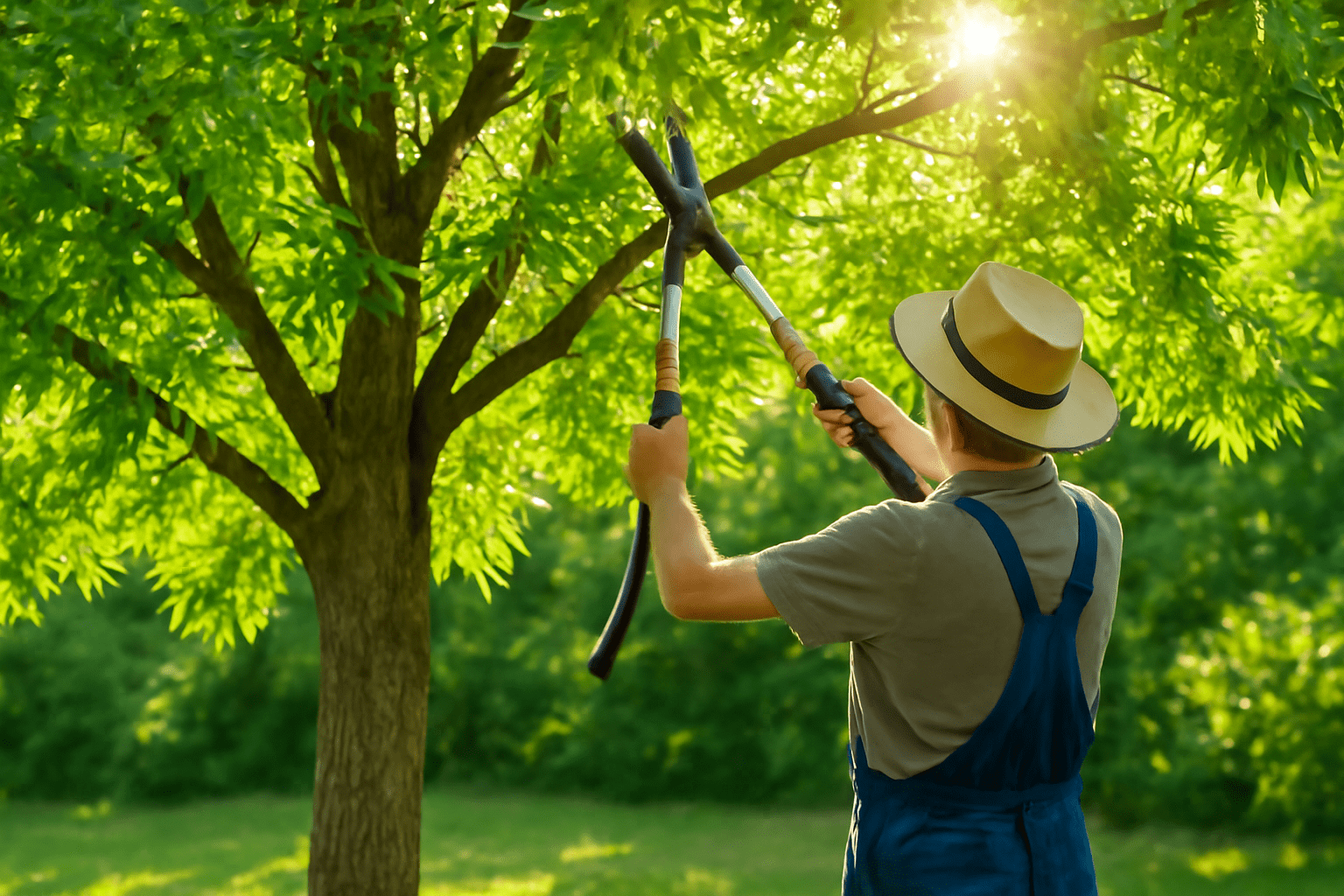
🌿 Fertilization 🌿
Fertilizing your Raywood Ash can help boost its growth 🌳, especially if your soil lacks certain nutrients.
- Type of Fertilizer: Use a balanced, slow-release fertilizer in the spring 🌸 before the growing season starts. This will provide the tree with the nutrients it needs to thrive without overwhelming it.
- Avoid Over-fertilizing: Too much fertilizer ⚠️ can harm your tree, especially in the early years. Stick to recommended amounts and avoid fertilizing in late summer or fall 🍂, as this can encourage new growth that may not survive the winter months ❄️.
🌳 Mulching 🌳
Applying mulch around the base of your Raywood Ash tree helps retain moisture 💧, regulate soil temperature 🌡️, and prevent weeds 🌿. Here’s how to mulch properly:
- What to Use: Organic mulches like wood chips 🌲, bark, or compost 🍂 are excellent choices.
- How to Apply: Spread the mulch around the base of the tree, but keep it about 2-3 inches away from the trunk 🚪 to prevent rot 🛑. A 2-4 inch layer of mulch will help keep the soil consistently moist 🌱.
🐞 Pest Control 🐞
While the Raywood Ash is relatively resistant to pests 🦠, keeping an eye out for potential threats is still important. The Emerald Ash Borer 🦗, in particular, is a major pest that targets ash trees 🌳. Here’s what you can do to protect your tree:
- Check Regularly: Inspect your tree for signs of damage 🏚️, such as discolored or wilting leaves 🍂, or holes in the trunk where insects might be feeding 🐜. If you spot anything unusual, consult a local arborist 🧑🌾 for advice.
- Treatment Options: If you live in an area affected by the Emerald Ash Borer 🦗, you may need to treat your tree with pesticides 🧴 or consider preventative measures to keep the pests away. 🌿
By following these care guidelines, your Raywood Ash will remain healthy, strong 💪, and beautiful for many years to come 🌳. Now that you know how to take care of this stunning tree, let’s move on to some alternative options if the Raywood Ash doesn’t seem like the perfect fit for your yard. 🌱😊
🌳 Raywood Ash Tree Alternatives 🌳
While the Raywood Ash is a fantastic choice for many landscapes, it may not be the best option for everyone. Whether due to its shorter lifespan, potential pest issues, or space limitations, you might be considering alternatives that offer similar benefits. Don’t worry—there are plenty of other beautiful trees 🌳 that can provide the same aesthetic appeal and functional benefits. Here are a few great alternatives to consider: 😊
🍁 Autumn Blaze Maple (Acer × freemanii) 🍁
If you love the vibrant fall colors of the Raywood Ash, the Autumn Blaze Maple is an excellent alternative 🍂. Known for its striking red-orange foliage, this hybrid maple is not only beautiful but also boasts a fast growth rate and resilience to a variety of climates 🌞. It’s a great choice if you’re looking for a tree that provides stunning seasonal color but with a longer lifespan than the Raywood Ash (often living 50-70 years). 🌳
- Height: 40-50 feet
- Spread: 30-40 feet
- Pros: Brilliant fall color 🍁, fast-growing 🌱, and low-maintenance
- Cons: Needs a bit more space for roots 🌱
🌳 Red Maple (Acer rubrum) 🌳
For those who want a tree with year-round beauty 🌿, the Red Maple is a fantastic option. It’s known for its vibrant red fall color 🍁 and attractive bark 🌳. Red Maples are adaptable to a range of soil types, making them perfect for a variety of landscapes 🏡. While they may take a bit longer to reach full size compared to the Raywood Ash, they’re more resilient to pests 🦠 and environmental stressors. 🌿
- Height: 40-60 feet
- Spread: 30-40 feet
- Pros: Stunning fall color 🍂, versatile 🌍, and pest-resistant 🦠
- Cons: Slower growth rate 🕰️, may require occasional pruning ✂️
🍃 Green Ash (Fraxinus pennsylvanica) 🍃
If you’re looking for a tree with similar characteristics to the Raywood Ash, the Green Ash is a good alternative 🌳. Like the Raywood Ash, it grows quickly 🌱 and provides ample shade 🌞. However, unlike its relative, the Green Ash is known for its greater resistance to pests like the Emerald Ash Borer 🦗, which could be a major concern with the Raywood Ash. 🌳
- Height: 40-60 feet
- Spread: 35-50 feet
- Pros: Fast-growing 🌱, drought-tolerant 🌞, and pest-resistant 🦠
- Cons: Susceptible to weak wood in storms 🌬️, needs plenty of space 🌿
🌿 Ginkgo Tree (Ginkgo biloba) 🌿
For a unique option with a touch of history 📜, the Ginkgo Tree is an interesting alternative to the Raywood Ash. Known for its fan-shaped leaves 🍃 and golden-yellow fall color 🍂, the Ginkgo is not only beautiful but also incredibly resilient to urban conditions 🏙️. It’s an ideal tree if you’re looking for something that stands out with a distinctive look and has low maintenance needs 🌱.
- Height: 40-80 feet
- Spread: 30-40 feet
- Pros: Unique 🌟, vibrant fall color 🍂, low-maintenance 🌿
- Cons: Slow-growing 🐢, and male trees produce unpleasant-smelling fruit 🍊
🌰 Shumard Oak (Quercus shumardii) 🌰
If you’re looking for a long-living tree with a classic, sturdy structure 🌳, the Shumard Oak is an excellent choice. It offers the same shade benefits as the Raywood Ash but with a much longer lifespan 🏡. The tree’s deep green leaves turn a stunning red in the fall 🍁, providing striking seasonal color. The Shumard Oak is also less prone to pests and storm damage 🌪️, making it a low-maintenance, resilient option for many yards. 🌳
- Height: 50-75 feet
- Spread: 40-50 feet
- Pros: Long lifespan 🕰️, resilient to pests 🦠, beautiful fall color 🍂
- Cons: Slow growth 🐢, needs space for roots 🌱

🌿 Choosing the Right Tree for Your Yard 🌿
Each of these alternatives to the Raywood Ash has its own unique qualities 🌱, so it’s important to think about what best suits your specific needs. Consider factors like your yard’s size 🏡, climate 🌞, and the kind of aesthetic you want to achieve 🌳. Whether you go with the Autumn Blaze Maple for its fall color 🍁 or the Shumard Oak for its longevity 🌳, the right tree can make all the difference in creating a beautiful and sustainable landscape. 🌿😊
🌿 Final Thoughts 🌿
The Raywood Ash tree offers a stunning addition to your landscape with its vibrant fall colors 🍁, fast growth 🌱, and low maintenance needs. Its ability to adapt to a variety of soil types 🌍 and environmental conditions makes it a versatile choice for many homeowners 🏡. Whether you’re looking for shade 🌳, beauty 🌸, or privacy 🌿, the Raywood Ash can provide it all. 🌳🍁
However, like any tree 🌳, it’s important to consider both the pros and cons ⚖️. While it’s a fast-growing, visually striking option 🌞, you’ll need to be mindful of its shorter lifespan ⏳, messy fall debris 🍂, and potential vulnerability to pests 🦠 like the Emerald Ash Borer 🦗. Additionally, its aggressive root system 🌱 and susceptibility to storm damage 🌪️ may not make it the best fit for every yard 🏡.
Before planting 🌱, think about the space you have 🏡, your local climate 🌦️, and your long-term goals for your landscape 🌳. If the Raywood Ash sounds like a good match, with proper care 💧, it can thrive in your yard for many years to come. If not, consider some of the great alternatives we discussed 🌿, such as the Autumn Blaze Maple 🍁 or Red Maple 🍂, which offer similar benefits with some added resilience 💪.
Whatever you decide 🌱, make sure to select a tree 🌳 that will thrive in your space and bring joy 😊 to your landscape for years to come. 🌿
Ready to plant? 🌳 Take the time to carefully plan your tree planting 🌱, and you’ll enjoy the beauty 🌸 and benefits 🌳 of your new tree for seasons to come! 🌞
Frequently Asked Questions (FAQs)
What are the main benefits of planting a Raywood Ash tree?
The Raywood Ash offers vibrant fall colors, a fast growth rate, and low maintenance. It’s ideal for creating shade or a privacy screen, and it adapts well to various soil types and environmental conditions. If you’re looking for a tree that adds beauty and requires minimal care, the Raywood Ash is a great choice. 🌳🍁
How fast does the Raywood Ash tree grow?
The Raywood Ash is a fast-growing tree, typically adding about 2 feet of height per year in optimal conditions. It quickly establishes itself in your landscape, providing shade and beauty in a relatively short time. This makes it an excellent choice if you’re looking for quick results! 🌱
What kind of care does a Raywood Ash tree need?
The Raywood Ash is fairly low-maintenance. It requires full sun, deep watering during its first few years, and occasional pruning to remove dead or damaged branches. Once established, it’s drought-resistant and requires less frequent watering. Regular mulching helps keep the soil moist and healthy. 🌿💧
Does the Raywood Ash tree attract pests?
While the Raywood Ash is generally resistant to pests, it is vulnerable to the Emerald Ash Borer, a destructive pest that affects ash trees. If you live in an area affected by this pest, you may need to treat your tree regularly or consider preventative measures to protect it. 🐜
How long does a Raywood Ash tree live?
The Raywood Ash has a relatively short lifespan compared to other trees, typically living between 30 to 50 years. This is shorter than long-living trees like oaks or maples. If longevity is a priority for your landscape, you may want to consider other options. ⏳
What are the downsides of planting a Raywood Ash tree?
Some cons of the Raywood Ash include its messy fall debris (leaves and seed pods), susceptibility to storm damage due to weak wood, and the potential for root issues in smaller yards. It also has a shorter lifespan compared to other tree species. Consider these factors before planting. 🍂⚠️
Can I plant a Raywood Ash tree in a small yard?
The Raywood Ash grows quite large, with a spread of 30-40 feet. In smaller yards, it might not have enough space to grow properly, and its aggressive root system could cause damage to structures like sidewalks or foundations. If you have limited space, look for a smaller, more suitable tree. 🏡
How do I prevent a Raywood Ash tree from getting pests like the Emerald Ash Borer?
To prevent pest infestations, regularly inspect your Raywood Ash for signs of damage, such as wilting leaves or holes in the trunk. If you live in an area affected by the Emerald Ash Borer, consult a local arborist for advice on pest treatments, and consider using preventative pesticides to protect the tree. 🐞
